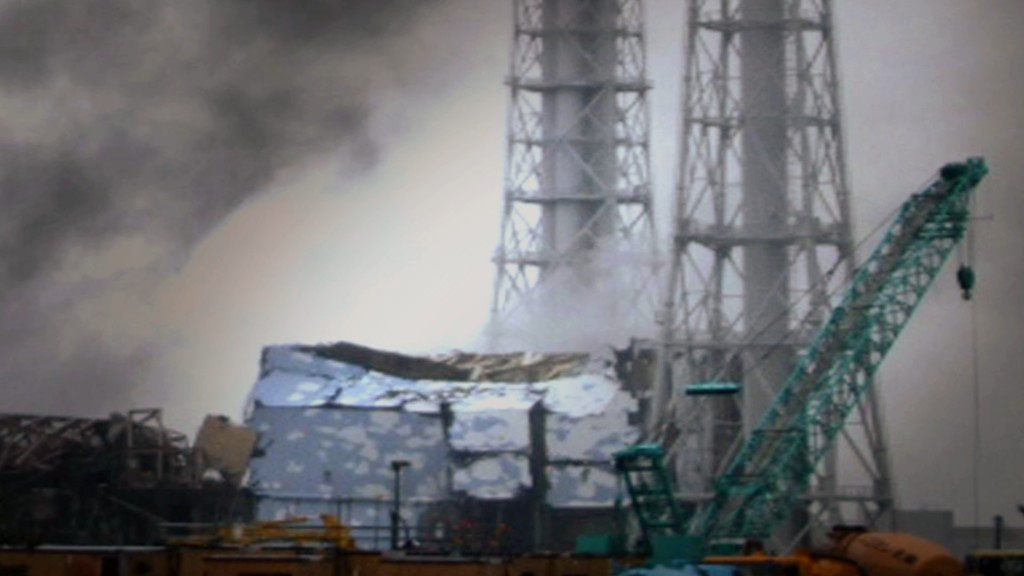Video: Inside the Fukushima Reactor

January 20, 2012
Share
In an attempt to look at the damage inside one of its failed Fukushima reactors, the Tokyo Electric Power Co. (TEPCO) inserted an 8.5mm remote-controlled endoscope and thermometer into the containment vessel of a failed reactor at the Fukushima Daiichi nuclear plant.
The footage, which you can see above, is the first interior view of the disabled reactor unit 2, one of three reactors that failed in March 2011. As The Japan Times explains:
Obtaining a clearer picture inside the containment vessels of the three crippled reactors is critically important, as the vessels are the last line of defense containing their melted nuclear fuel.
In particular, TEPCO needs to find out about the state of the melted nuclear fuel at the reactor cores, the level of coolant water and the extent of the damage to the containment vessels.
The endoscope is unlikely to help Tepco to determine the state of the melted nuclear fuel, much of which is believed to have burned down to the bottom of the containment vessels, but will hopefully shed some light on coolant water levels and internal damage.
The probe revealed corroded piping and dripping humidity, but did not reveal the water’s surface level, which TEPCO had expected to be as high as four meters. The containment vessel was flooded with seawater during the reactor meltdown when other attempts to cool it failed. Current water levels inside the reactor remain unknown.
The probe’s thermometer function proved more revealing; it recorded the interior temperature at 44.7 degrees centigrade (112 degrees Farenheit), demonstrating that the unit’s own thermometer, thought to be off by as many as 20 degrees, is still functioning accurately.
Steam and radiation affected the quality of the video, but you can see gamma rays — which are detected by the camera in a manner similar to light but not focused by the lens — in the footage looking like streaks and flashes.
Latest Documentaries
Related Stories
Related Stories
Policies
Teacher Center
Funding for FRONTLINE is provided through the support of PBS viewers and by the Corporation for Public Broadcasting. Additional funding is provided by the Abrams Foundation; Park Foundation; the John D. and Catherine T. MacArthur Foundation; and the FRONTLINE Journalism Fund with major support from Jon and Jo Ann Hagler on behalf of the Jon L. Hagler Foundation, and additional support from Koo and Patricia Yuen. FRONTLINE is a registered trademark of WGBH Educational Foundation. Web Site Copyright ©1995-2025 WGBH Educational Foundation. PBS is a 501(c)(3) not-for-profit organization.


















